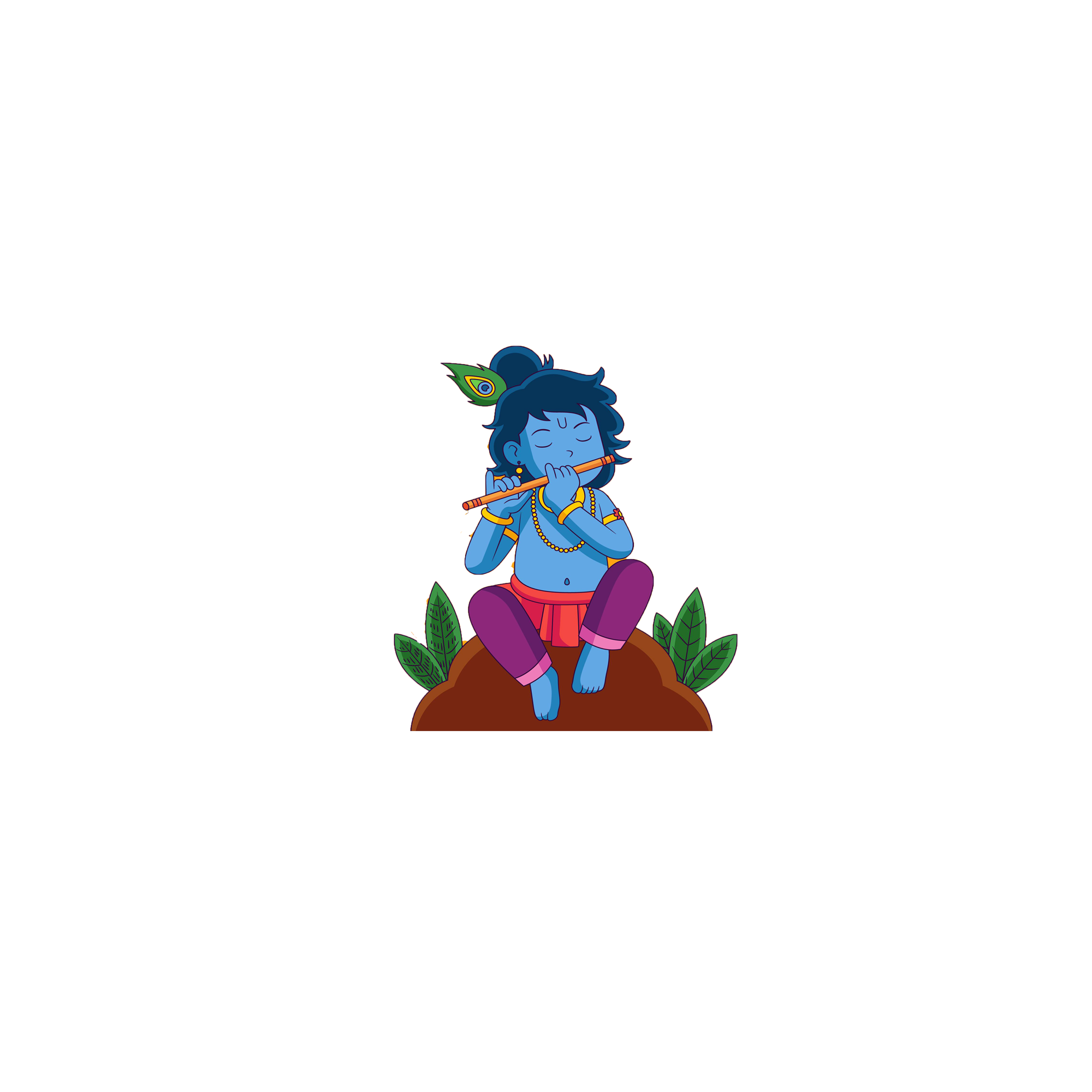






The Shrimad Bhagavad Gita ( Sanskrit: श्रीमद्भगवद्गीता, lit. 'The Song
by God';), often referred to as the Gita, is a 700-verse Hindu scripture
that is part of the epic Mahabharata (chapters 23–40 of book 6 of the
Mahabharata called the Bhishma Parva), dated to the second half of the
first millennium BCE and is typical of the Hindu synthesis. It is
considered to be one of the holy scriptures for Hinduism.
The Gita is set in a narrative framework of a dialogue between Pandava
prince Arjuna and his guide and charioteer Krishna, the Supreme
Personality of Godhead. At the start of the Dharma Yuddha (righteous
war) between Pandavas and Kauravas, Arjuna is preoccupied by a moral
dilemma and despair about the violence and death the war will cause in
the battle against his kin. Wondering if he should renounce the war, he
seeks Krishna's counsel, whose answers and discourse constitute the
Bhagavad Gita. Krishna counsels Arjuna to "fulfil his Kshatriya
(warrior) duty to uphold the Dharma" through "selfless action". The
Krishna–Arjuna dialogues cover a broad range of spiritual topics,
touching upon ethical dilemmas and philosophical issues that go far
beyond the war Arjuna faces.
Numerous commentaries have been written on the Bhagavad Gita with widely
differing views on the essentials. According to some, the Bhagavad Gita
was written by the god Ganesha, as told to him by Vyasa. Vedanta
commentators read varying relationships between Self and Brahman in the
text: Advaita Vedanta sees the non-dualism of Atman (Self) and Brahman
(universal Self) as its essence'; Bhedabheda and Vishishtadvaita see
Atman and Brahman as both different and not different; while Dvaita
Vedanta sees the dualism of Atman (Self) and Brahman as its essence. The
setting of the Gita in a battlefield has been interpreted as an allegory
for the ethical and moral struggles of human life.
The Bhagavad Gita presents a synthesisof Hindu ideas about dharma,
theistic bhakti, and the yogic ideals of moksha.The text covers Jñāna,
Bhakti, Karma, and Rāja yogas (spoken of in the 6th chapter),
incorporating ideas from the Samkhya-Yoga philosophy.
The Bhagavad Gita is the best known and most famous of Hindu texts, and
has a unique pan-Hindu influence. The Gita's call for selfless action
inspired many leaders of the Indian independence movement including Bal
Gangadhar Tilak and Mahatma Gandhi, the latter referring to it as his
"spiritual dictionary".